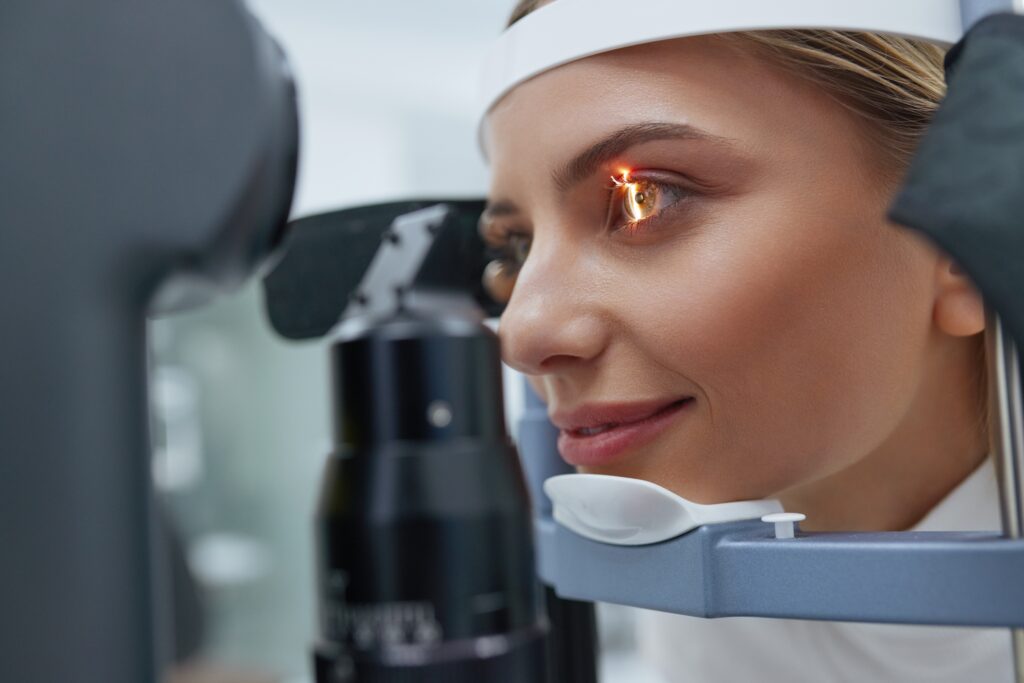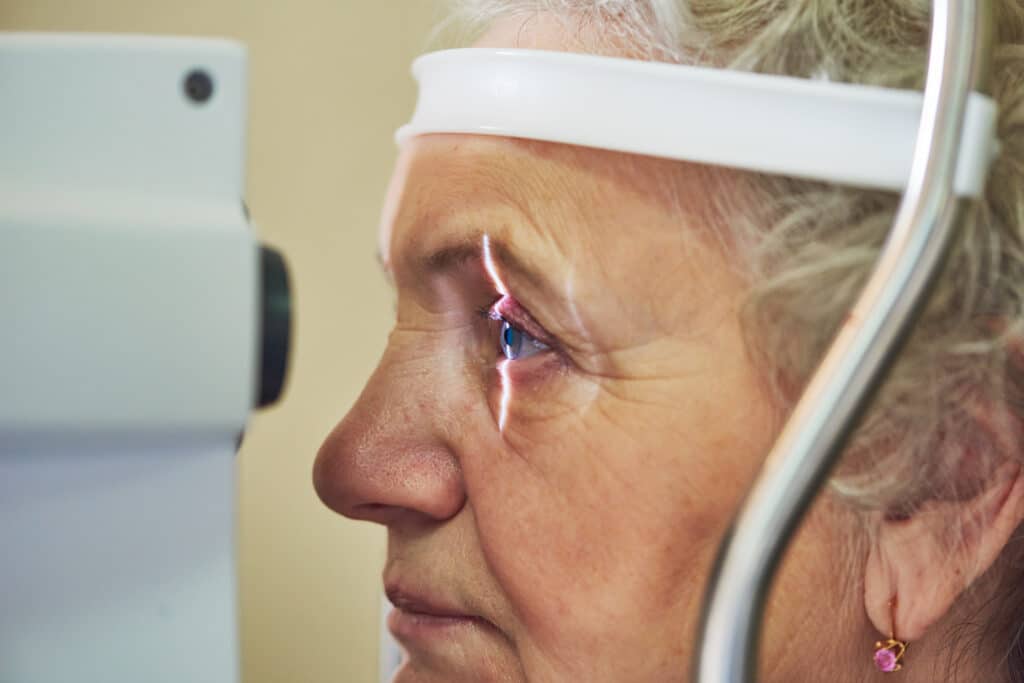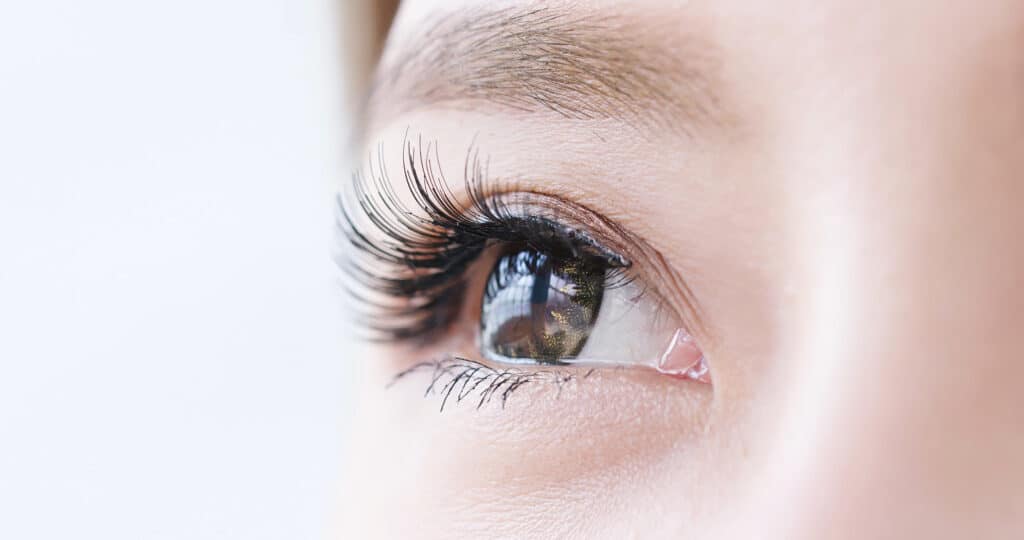Top 5 Benefits of PRK Eye Surgery
April 30, 2023
If you have been told you cannot have LASIK, you might think you cannot have laser eye surgery at all. Fortunately, PRK (Photorefractive Keratectomy) is available for many people who are not good LASIK candidates. This procedure has a longer recovery time than other types of laser vision correction but has its own benefits.
What is PRK Laser Eye Surgery?
PRK, a form of laser eye surgery, uses a laser to change the shape of your corneas. The corneas are clear structures at the front of the eye that bend light. PRK changes the angle of light to improve your vision. The actual laser reshaping works the same way in PRK and LASIK, but the way of creating access to the middle layers of the cornea is different.

How Does PRK Work?
During PRK, your eye surgeon will numb your eyes. They will then remove the outer layer of the cornea (the epithelium). This painless step allows your eye surgeon to use a laser to remove microscopic layers of the cornea until the necessary degree of correction has been achieved. Your eye is then covered with a contact bandage that protects your eye until your surgeon removes it at a follow-up visit.
Top 5 Benefits of PRK Eye Surgery
While PRK might not be the ideal procedure for everyone, it is an excellent option for the right person. Only an eye exam and consultation can determine whether your eye surgeon recommends PRK. Benefits of this procedure include:
- Can treat nearsightedness, and astigmatism
- Is suitable for many people who cannot have LASIK
- Provides long-lasting results
- Often recommended for contact sports players
- Can provide 20/20 vision or better
- Outcomes are the same as LASIK after 6 months
The biggest benefit of PRK is that it does not create a flap in the corneal epithelium like LASIK does. Instead, the entire epithelium will regrow intact. While a LASIK flap can become disrupted, the epithelium that regrows after PRK is as strong as the original.
PRK offers the most significant benefits for people who are not good candidates for LASIK. It provides the same dramatic vision improvements that LASIK can achieve but with a longer recovery time.
The Path to Clearer Vision Starts Here
Am I a Good Candidate for PRK?
People considering PRK should have healthy eyes with no signs of cataracts. Good candidates may be farsighted, nearsighted, or have astigmatism. Unlike LASIK, PRK is more forgiving in eyes with thin or abnormally shaped corneas. It is also suitable for those who play contact sports. Candidates should be eighteen years old or older and have a stable prescription.
What is Recovery Like After PRK?
You can expect some blurriness, irritation, and sensitivity for a few days after your procedure. Most people can see significantly more clearly after three to five days. You will have several follow-up exams so your eye surgeon can make sure your corneas are healing normally. Most people achieve optimal results within about a month. Once healed, your corneal surface is stable and cannot be disrupted.
Take the Next Step
If you’d like to learn more about PRK eye surgery, schedule a consultation with our Heart of Texas Eye Care team, serving Dripping Springs, Austin, Kyle, Bee Cave, Marble Falls, and other surrounding areas. Contact us at (512) 213-2220 today!
*Individual results may vary


